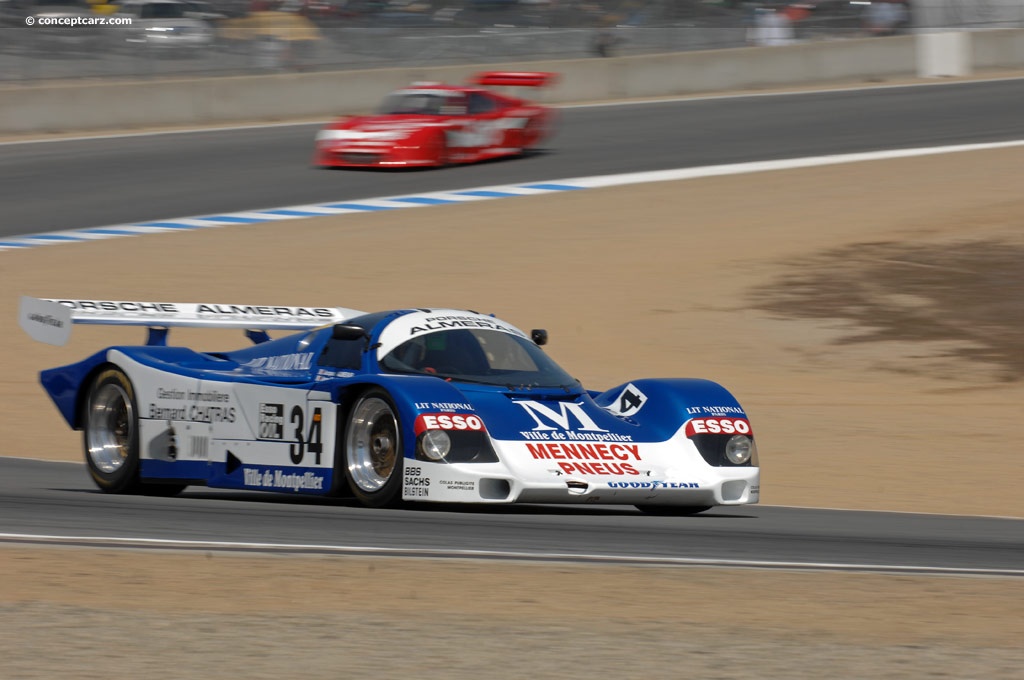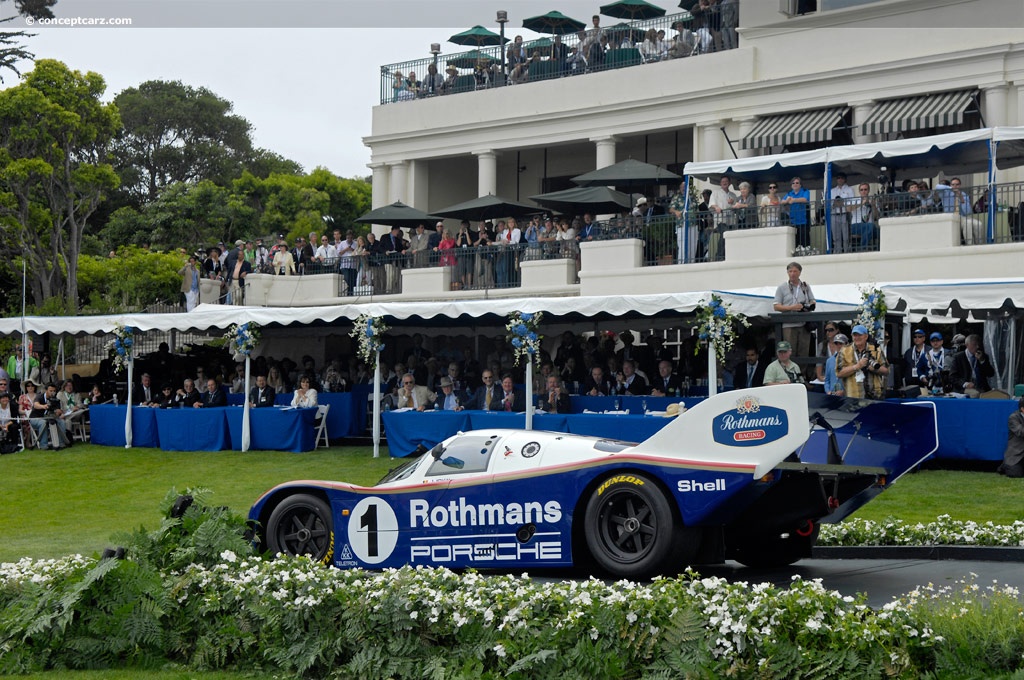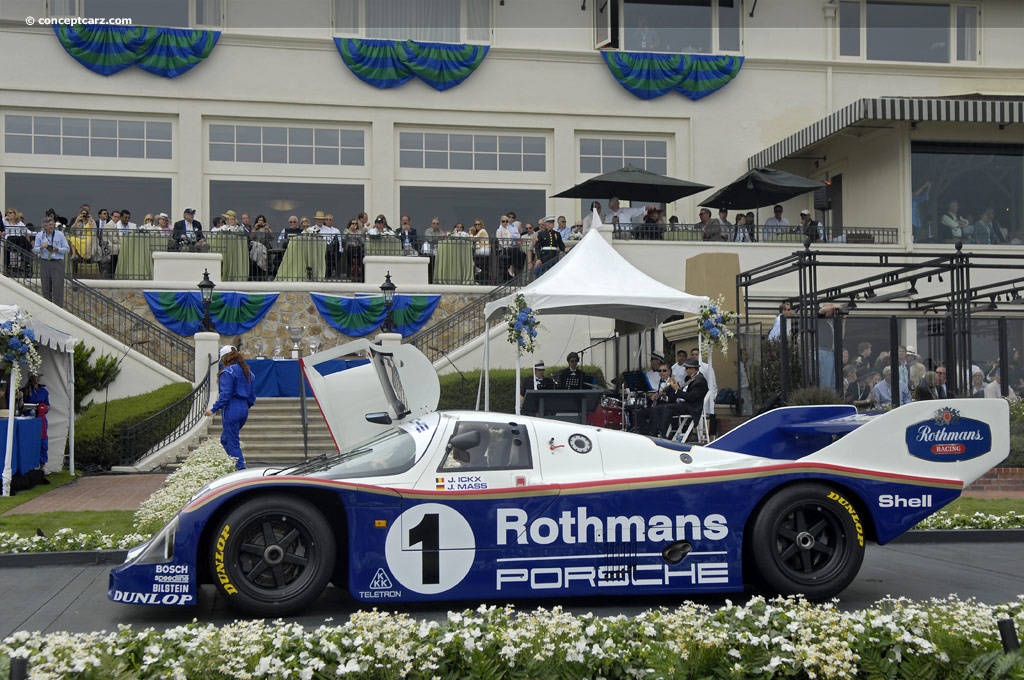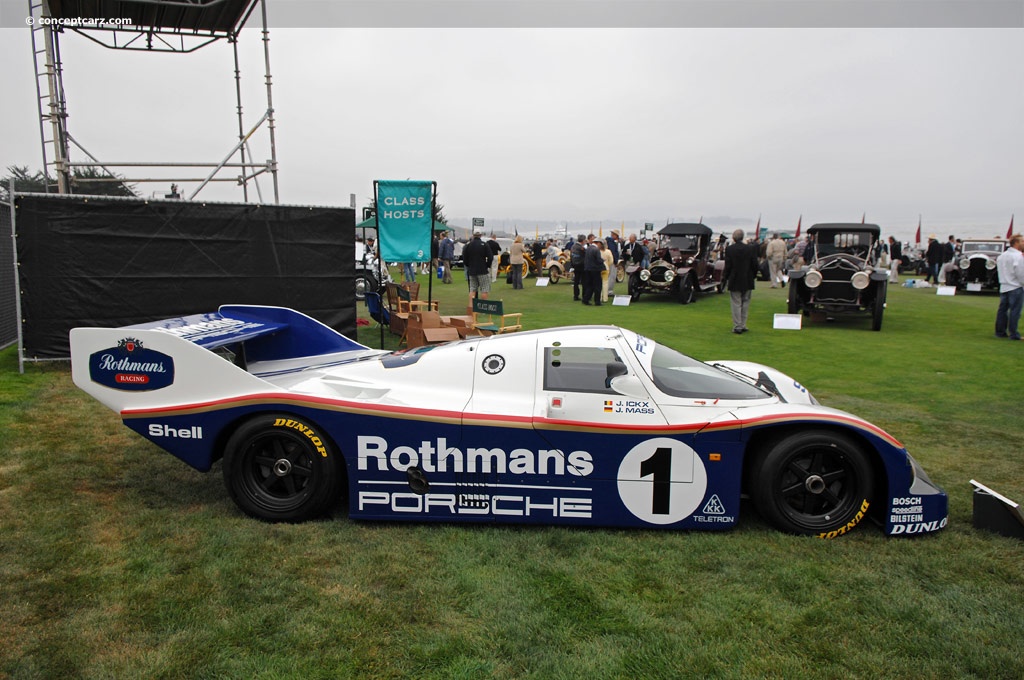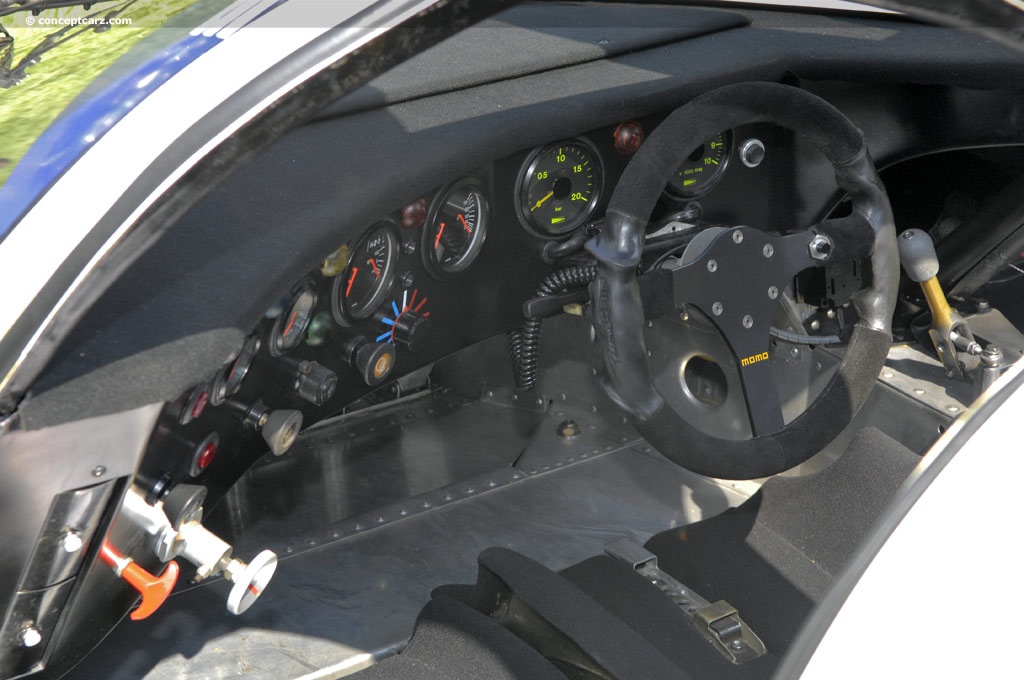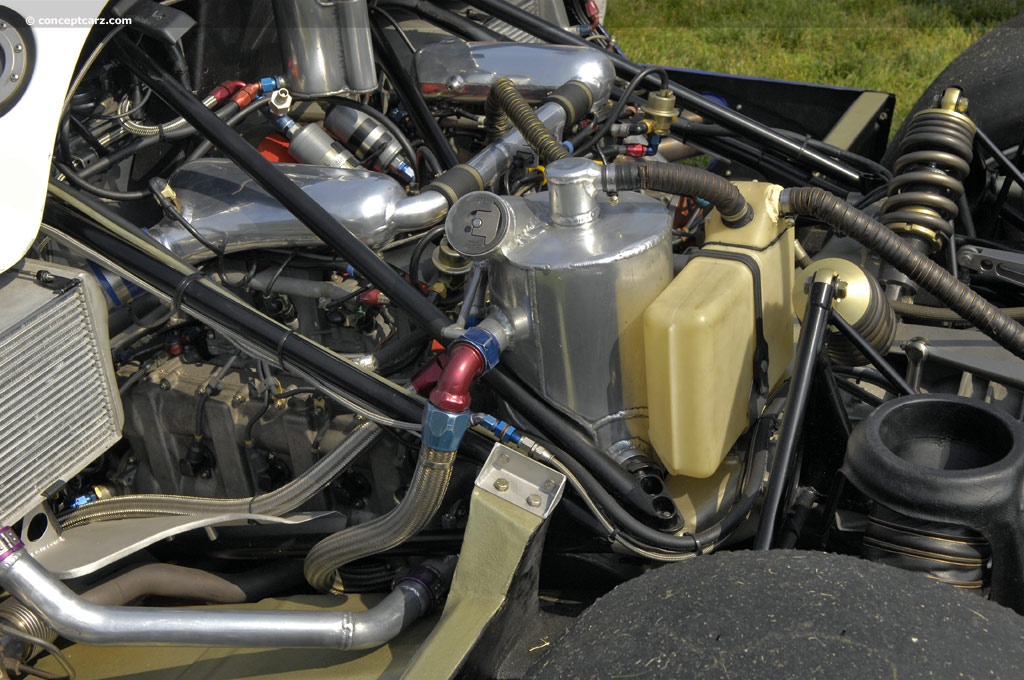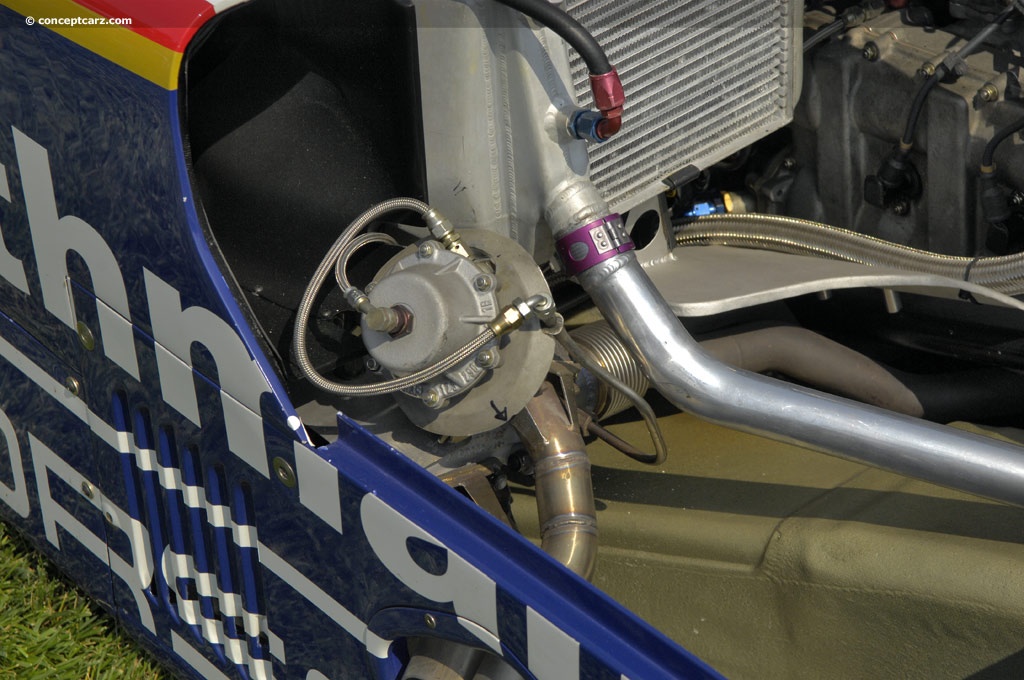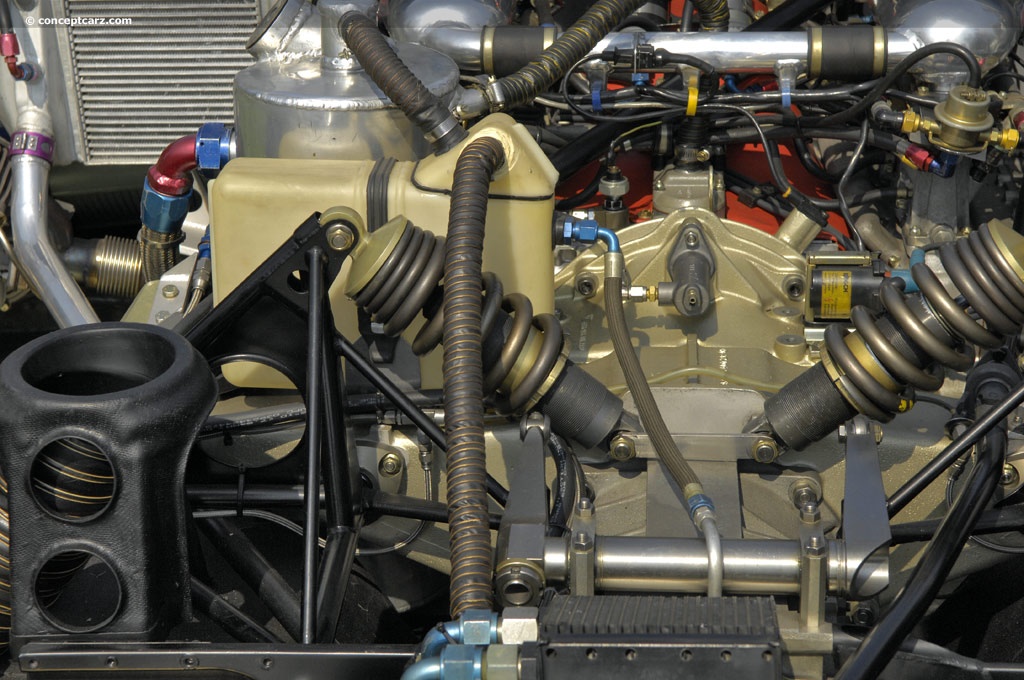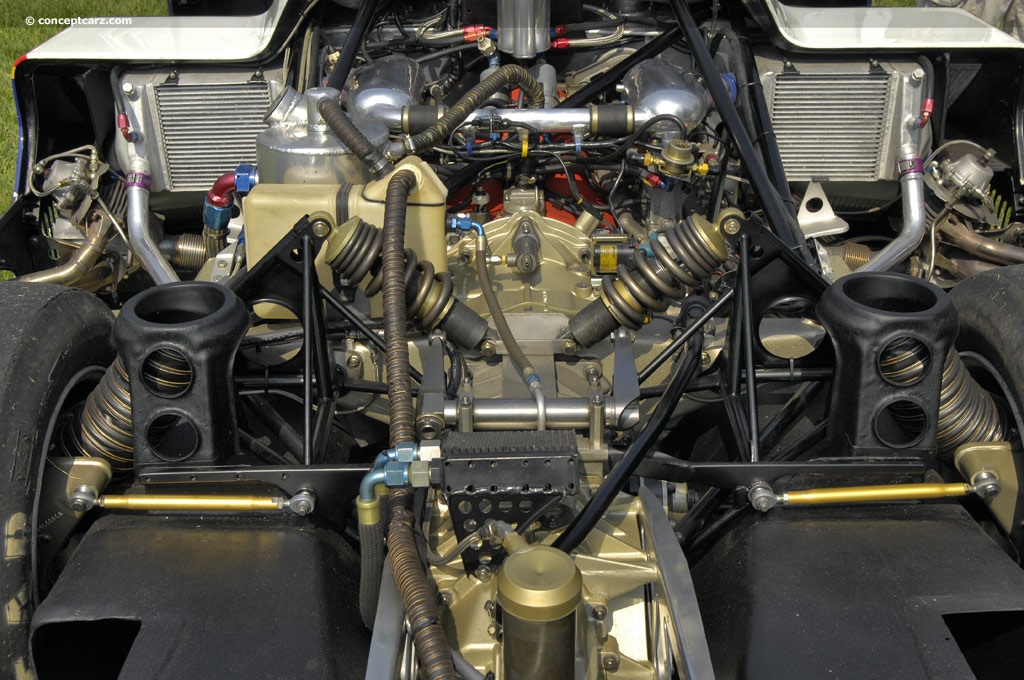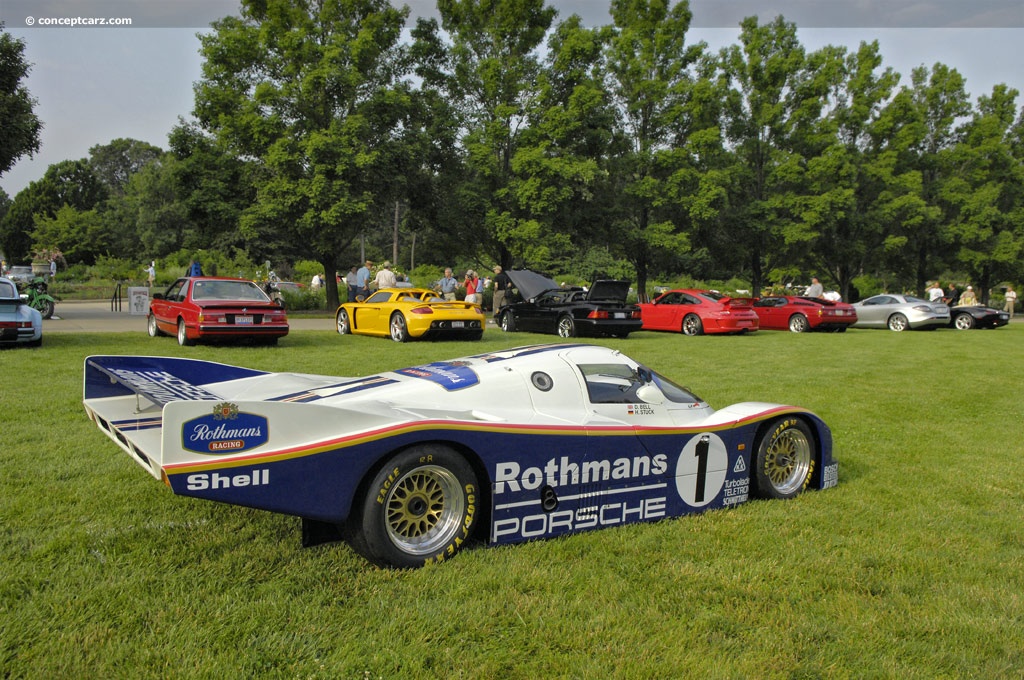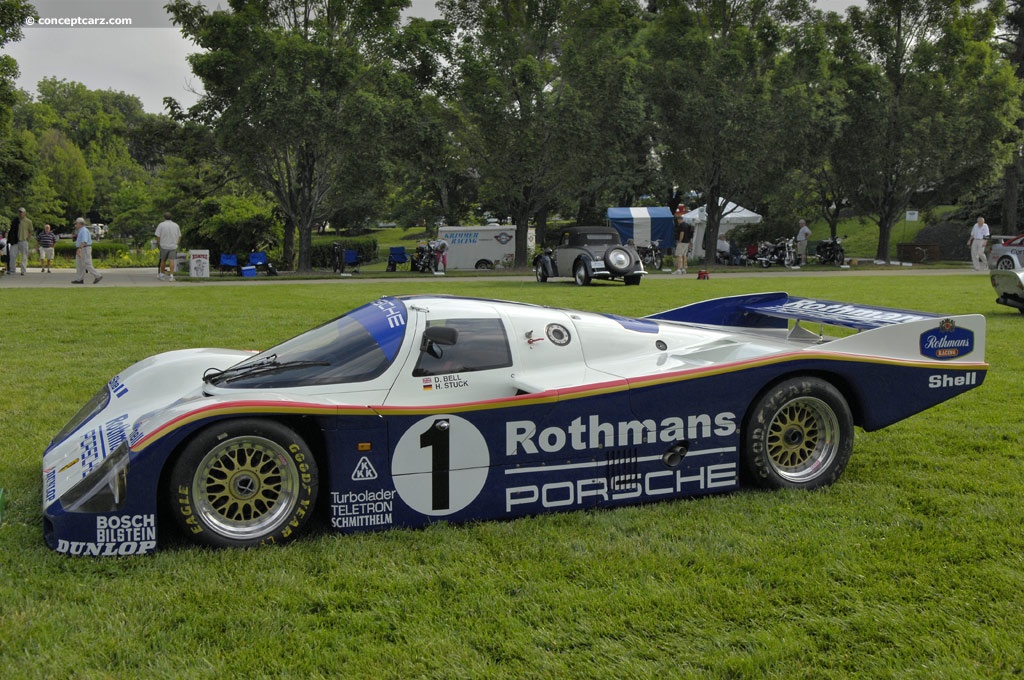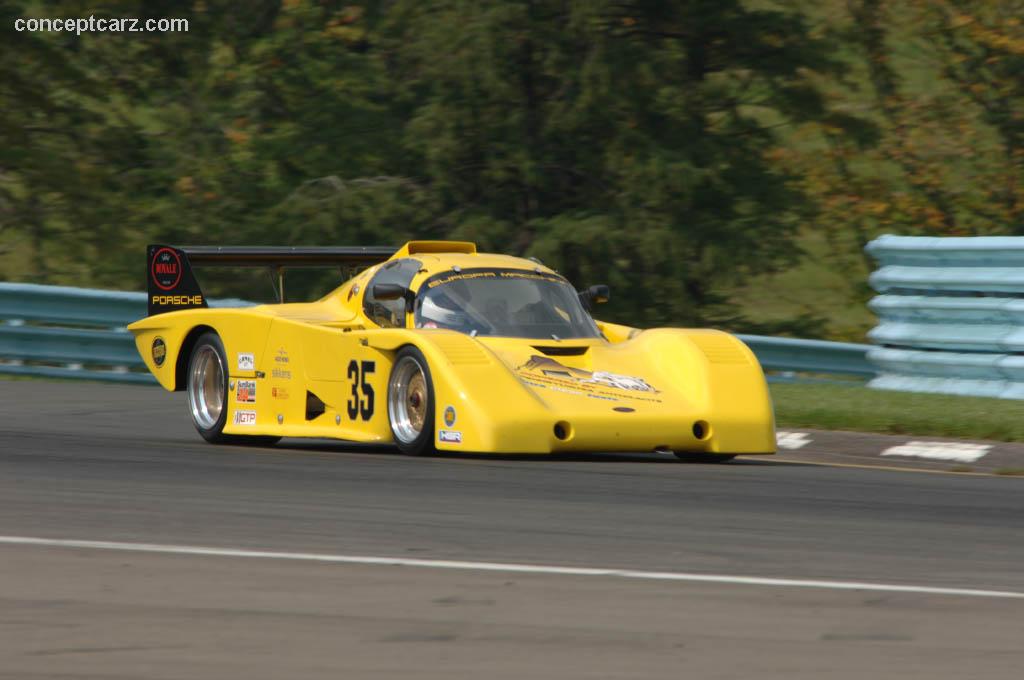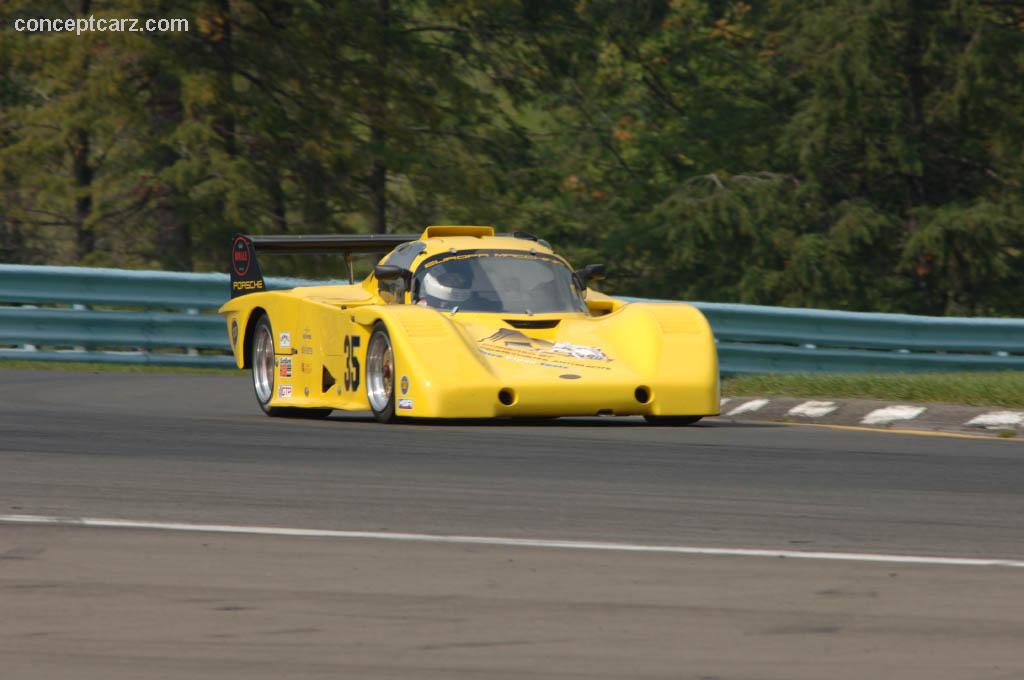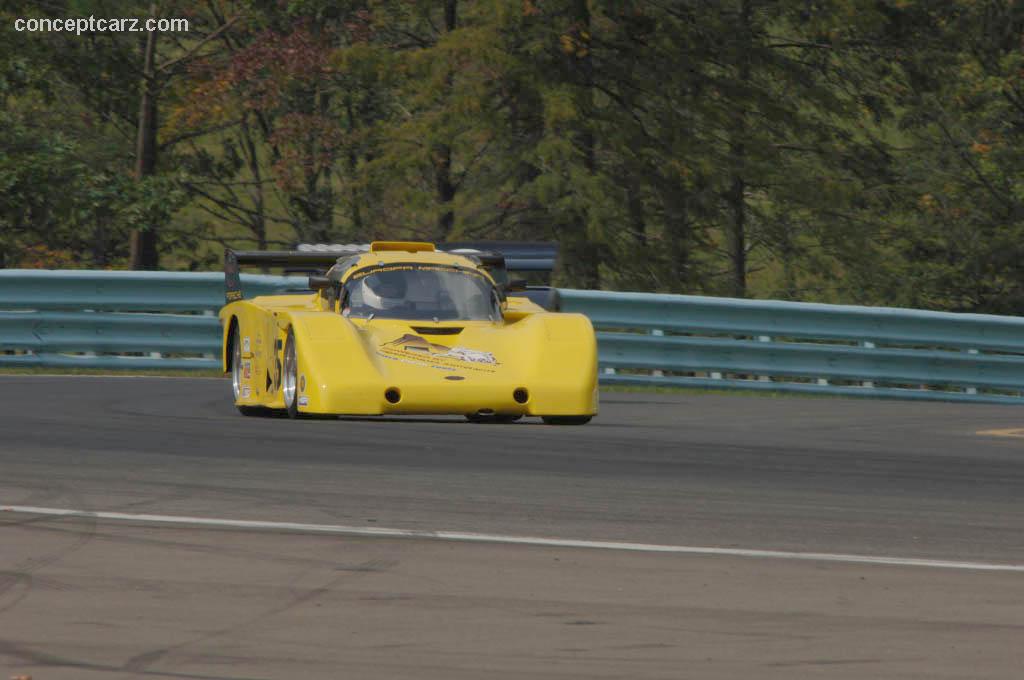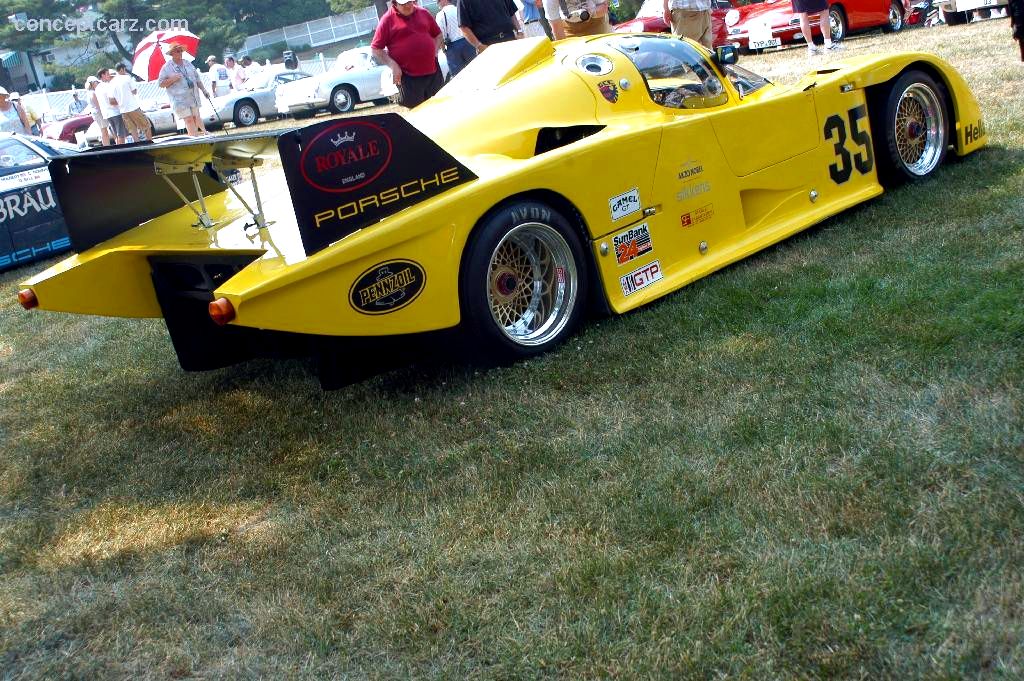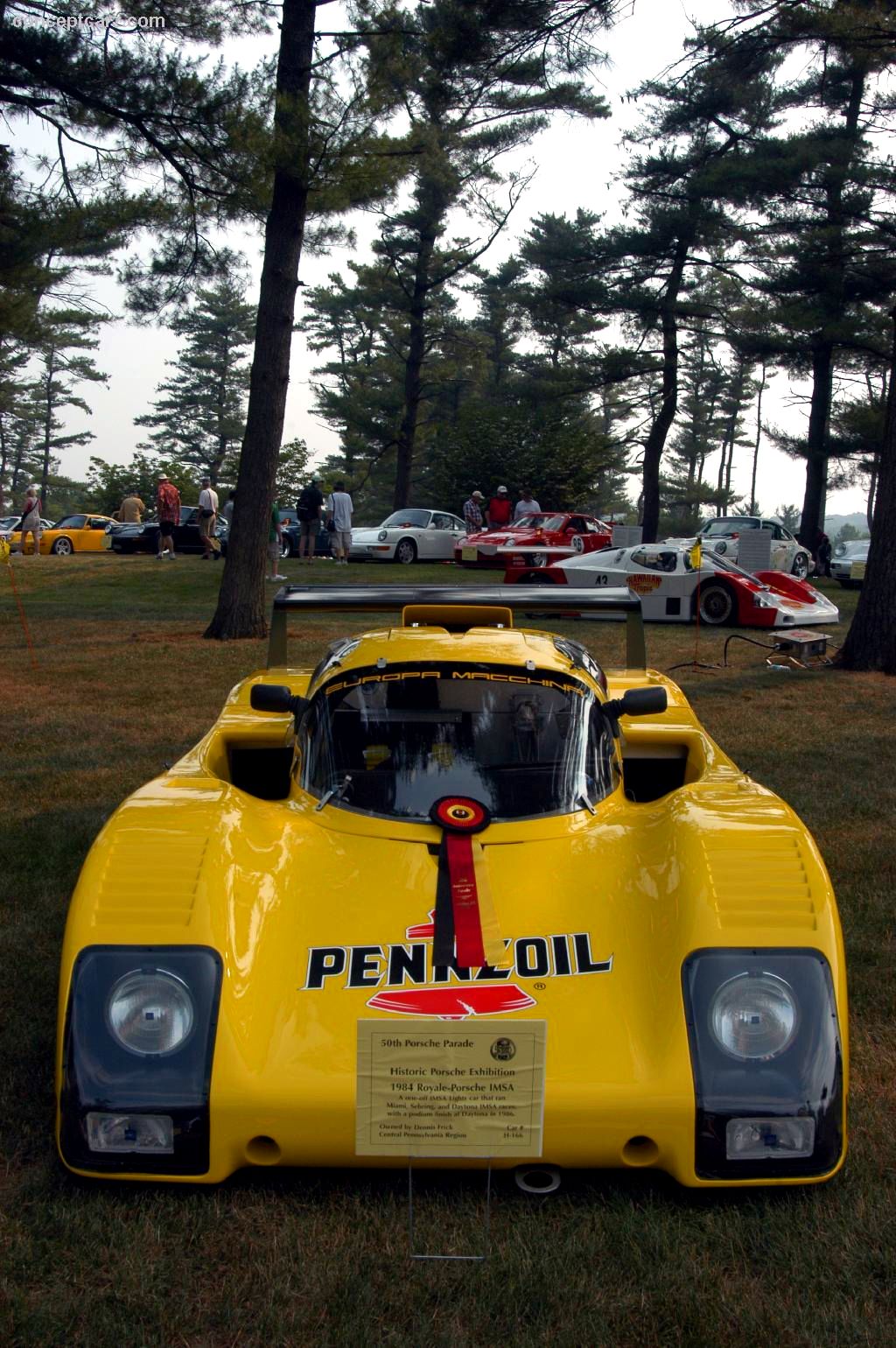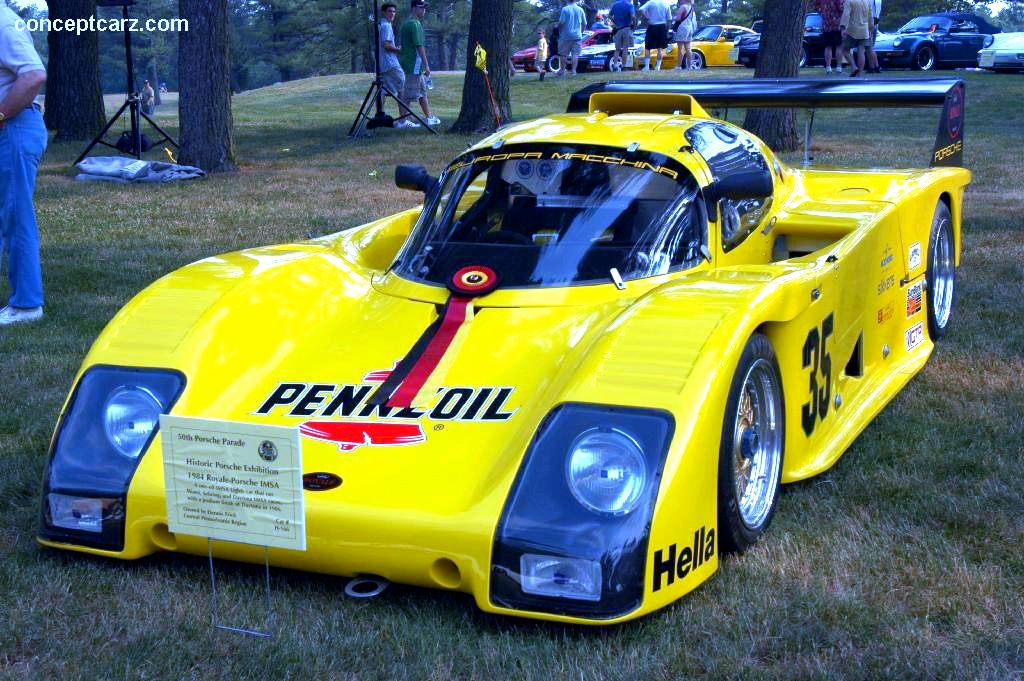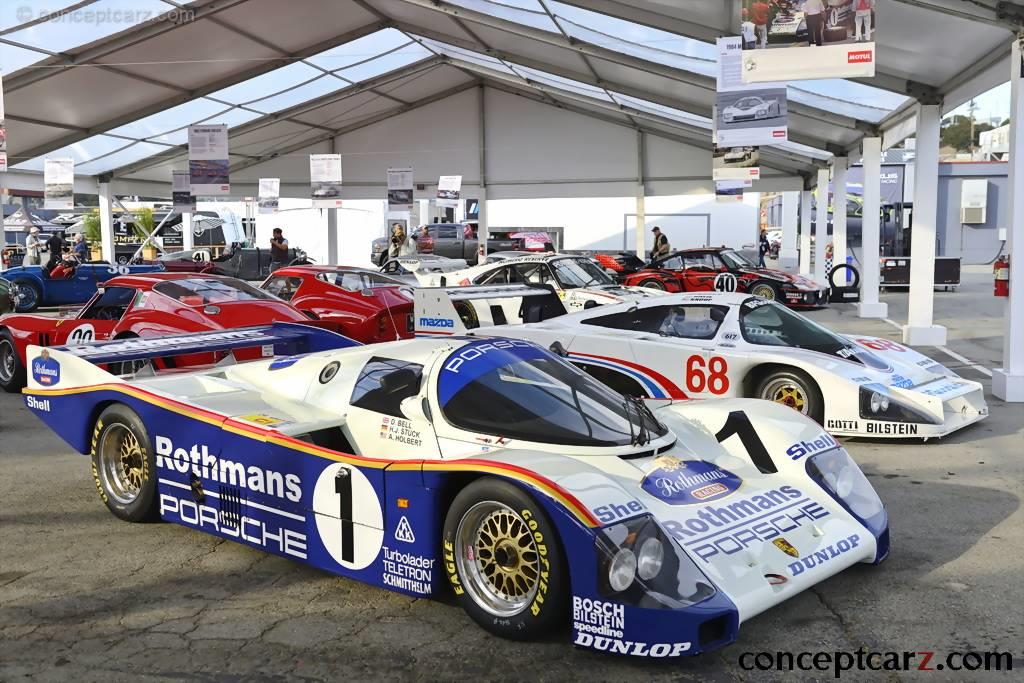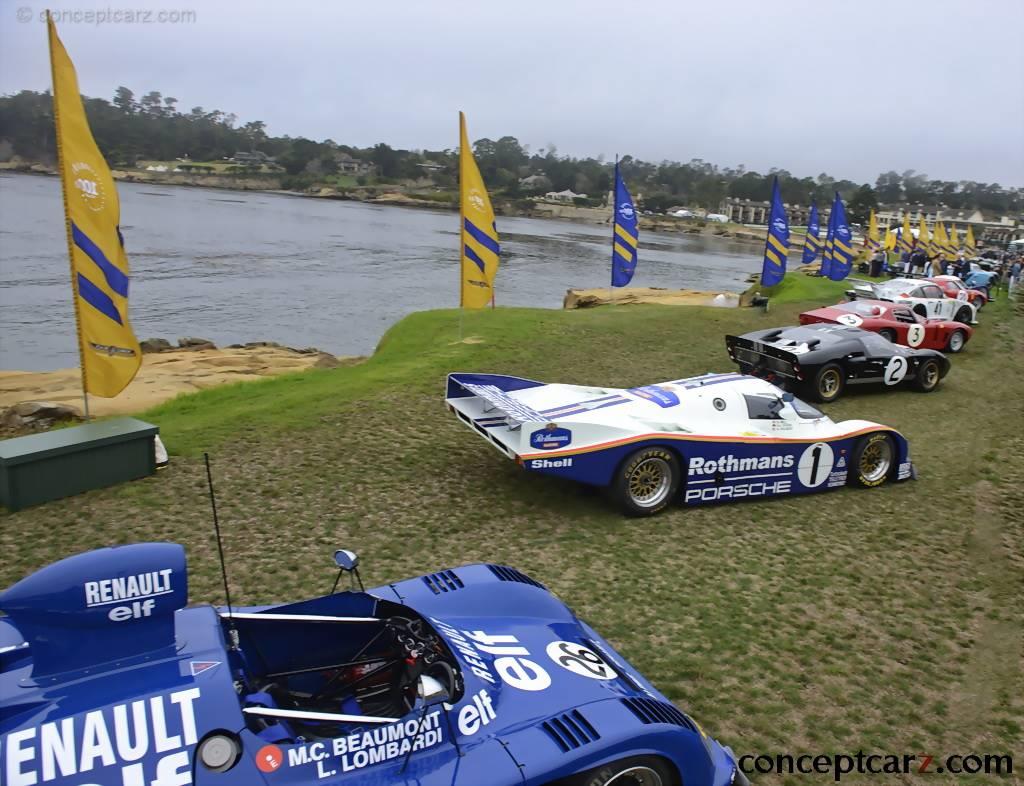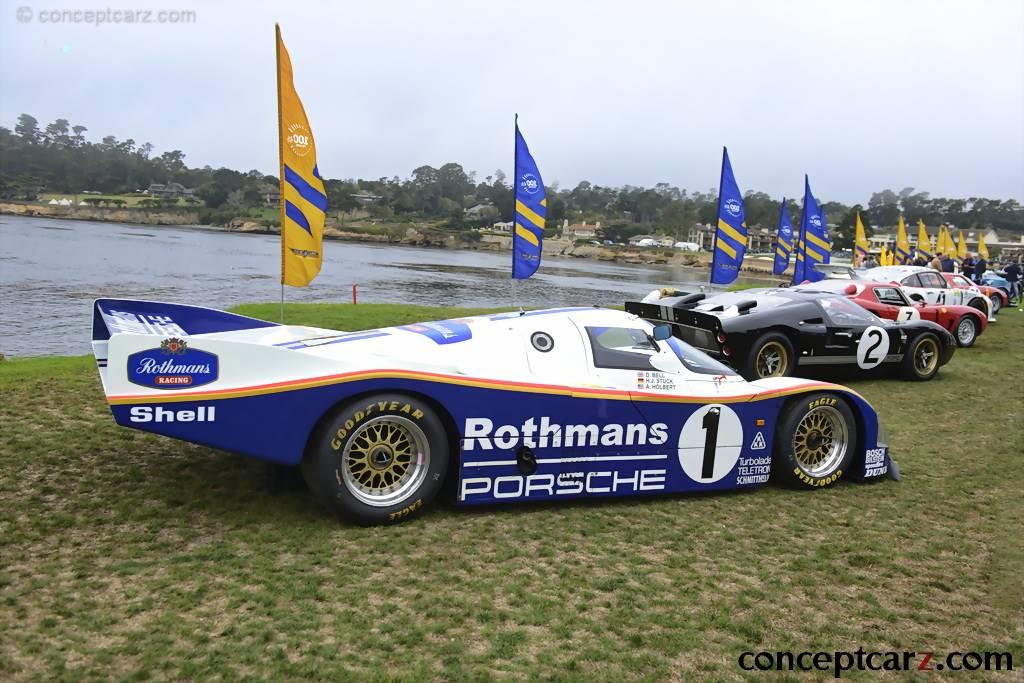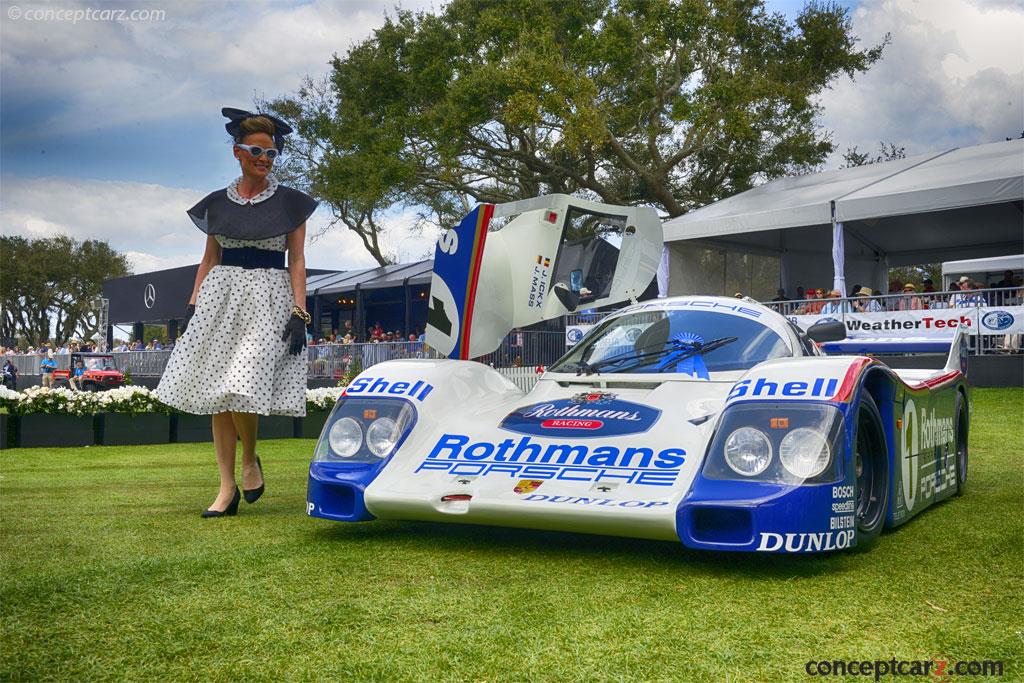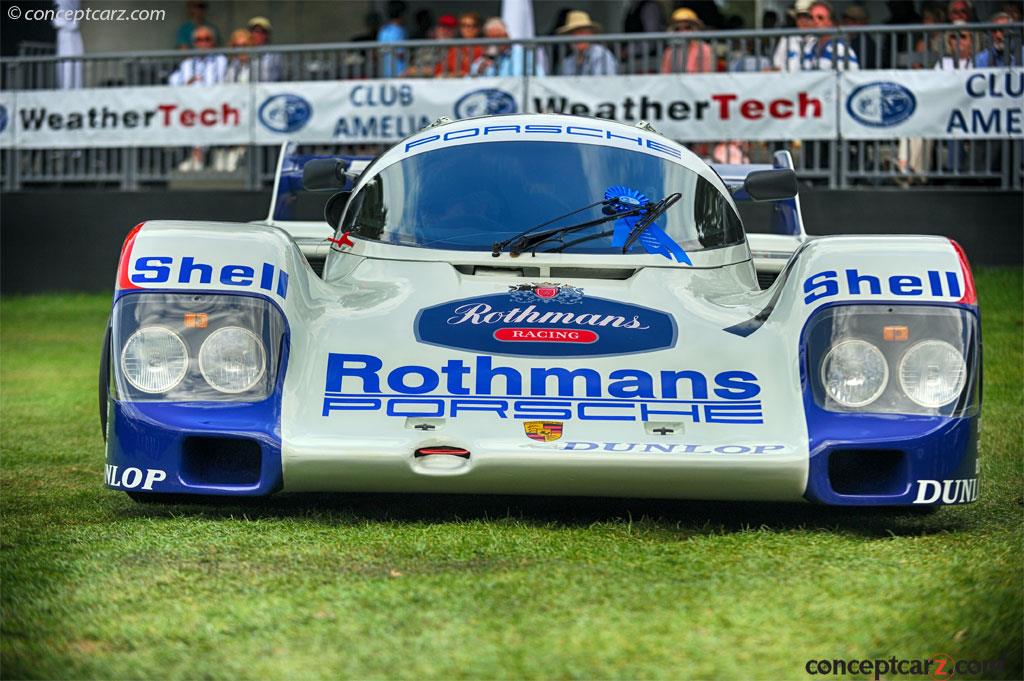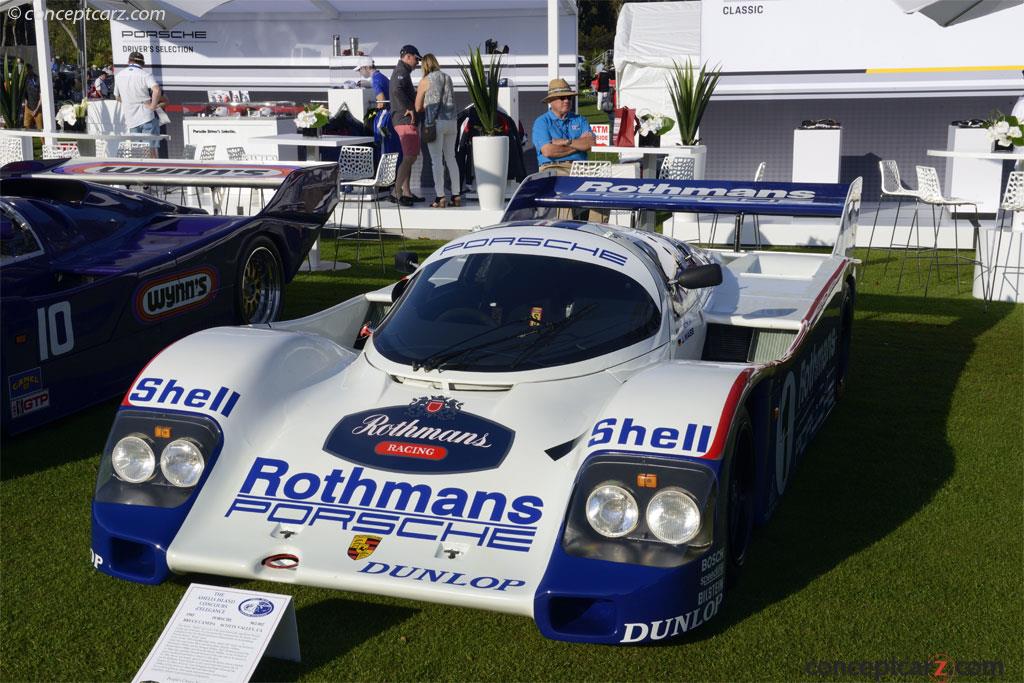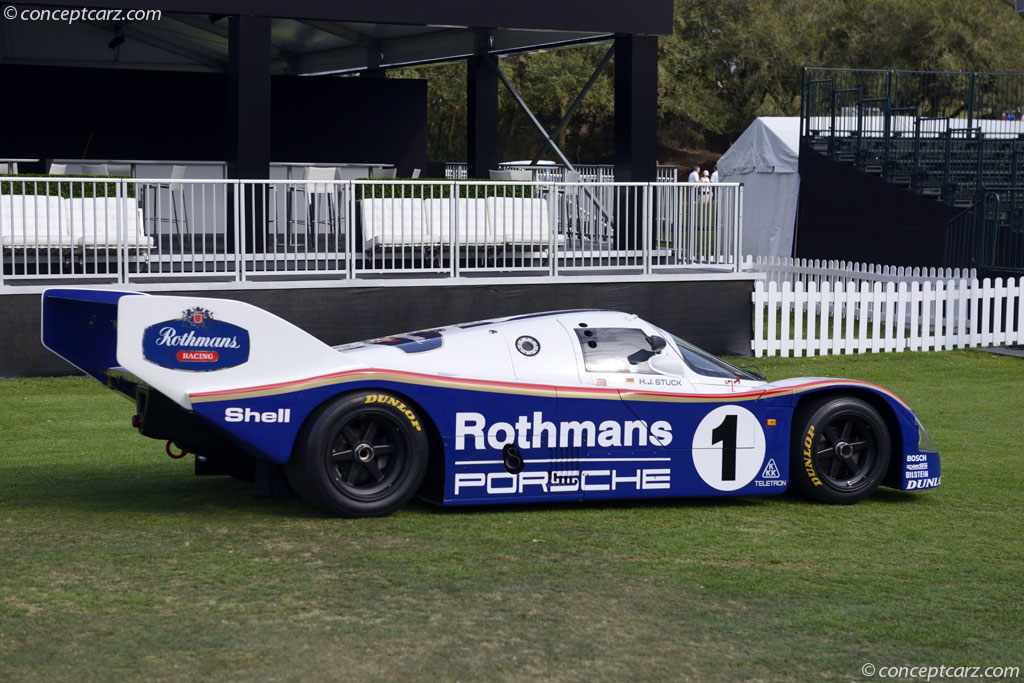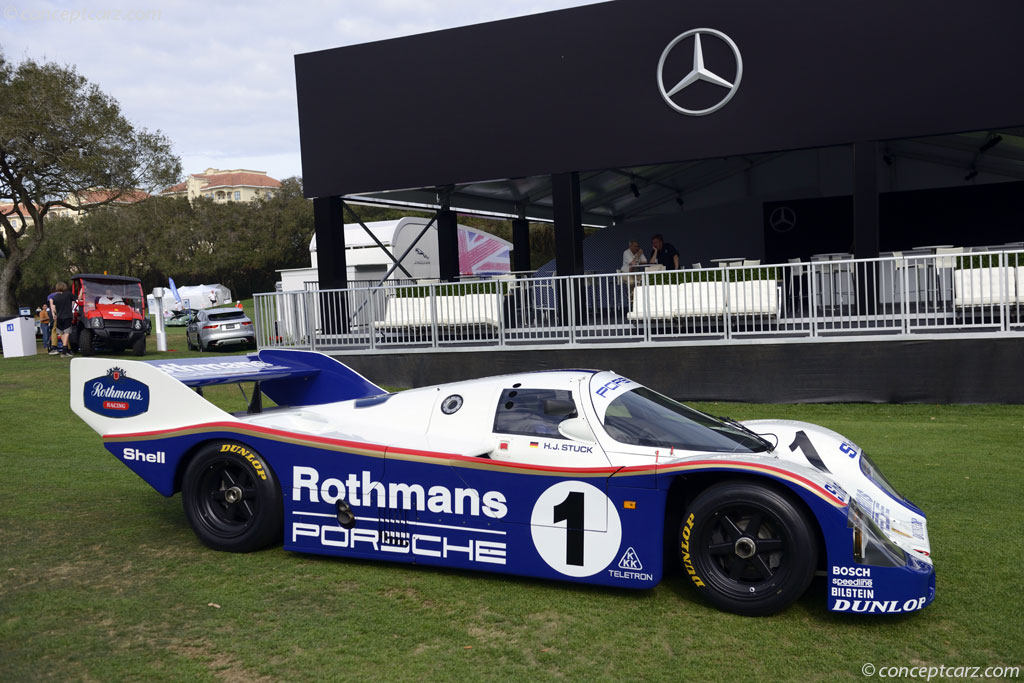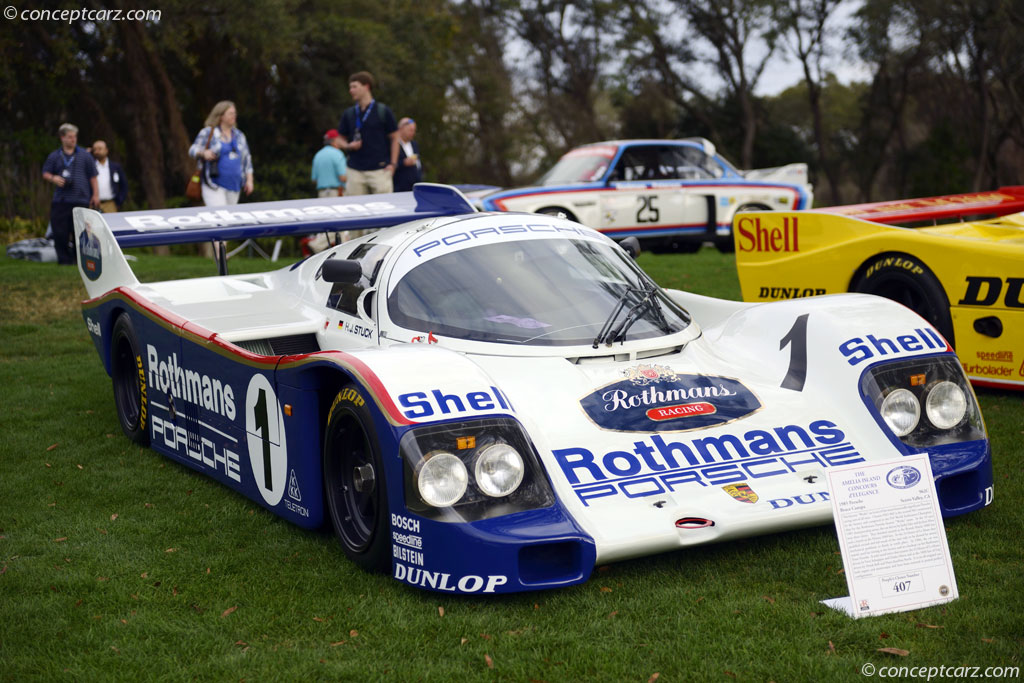The Porsche 962 was designed for the International Motor Sports Association GTP racing and as a replacement for the Porsche 956. The 956 had been a highly successful race car and had captured many triumphs including the 24 Hours Le Mans and the FIA series.
American John Bishop, the founder of the International Motor Sports Association, was responsible for the longer wheelbase on the 956. When the 956 was introduced, Bishop refused to accept the vehicle partly because of safety concerns. The pedals were mounted in front of the front axle line. To comply with safety concerns and new regulations, the 956 was stretched to make room for the pedal box. A roll cage was later added.
The Porsche 962 was first raced by the factory in the 1984 season which opened at the Daytona 24 Hours. Driven by Mario and Michael Andretti, it was retired due to engine and gearbox problems. A total of five Porsche 962 models had been constructed for the 1984 season and all were powered by a 2.8-liter water-cooled power plant. Part-way through the season, a 3.2-liter Type 935 six-cylinder engine with mechanically injected turbo was placed into one of the 962 models. A short-tail improved the aerodynamics and the Porsche 962 was poised to conquer the racing circuit. Which it did, capturing victories at the Daytona 24 Hours race five times.
The Porsche 962C, introduced in 1985 for the World Endurance Championship, had a twin-turbocharged 3000 cc water-cooled engine producing 750 horsepower. The engines were built to last 26 hours. This included two hours for testing and then racing for 24 hours straight. The acceleration, braking, and road handling were impressive, thanks in part to its 900 kg bodyweight. The aerodynamics was effective at holding the car on the road. During a qualification run at LeMans during the 1985 season, it proved to be the quickest vehicle. However, at the end of the 24-hour race it was in second place to a Porsche 956, the 956 having scored its fourth consecutive victory. The Porsche 956 chassis number 117 became one of the few in history to achieve back-to-back first place trophies at LeMans, winning in 1984 and 1985. The vehicle had been entered by Privateer Reinhold Joest.
The World Endurance Championship, WEC, changed its name to World Sports Prototype Championship, WSPC, in 1986. The Porsche 962 had another successful season, similar to 1985. At LeMans, two of the three Porsche 962C’s entered were retired due to mechanical problems. The final Porsche 962C was able to score victory.
In 1987, the FIA adopted the IMSA regulation requiring the pedal box to be installed behind the front axle, making the Porsche 956 obsolete. The Porsche 962 was showing its age as the Jaguars and Mercedes were beginning to outpace the vehicle at most of the World Championship races. For LeMans, however, the 962 captured its sixth consecutive victory after most of the field had been forced to retire. It was the last LeMans victory for the Porsche 962 until 1994 when enough examples had been produced making it eligible for the newly created GT1 class.
For over ten years, the Porsche 962 dominated the racing circuit including the 24 Hours of LeMans, Daytona, FIA and IMSA racing. The Porsche 962 was so popular and so competitive that even its 1,000,000 price tag could not keep up with demand. Nearly 150 were sold and because of such a large customer program, every component was available off the shelf direct from Porsche.
